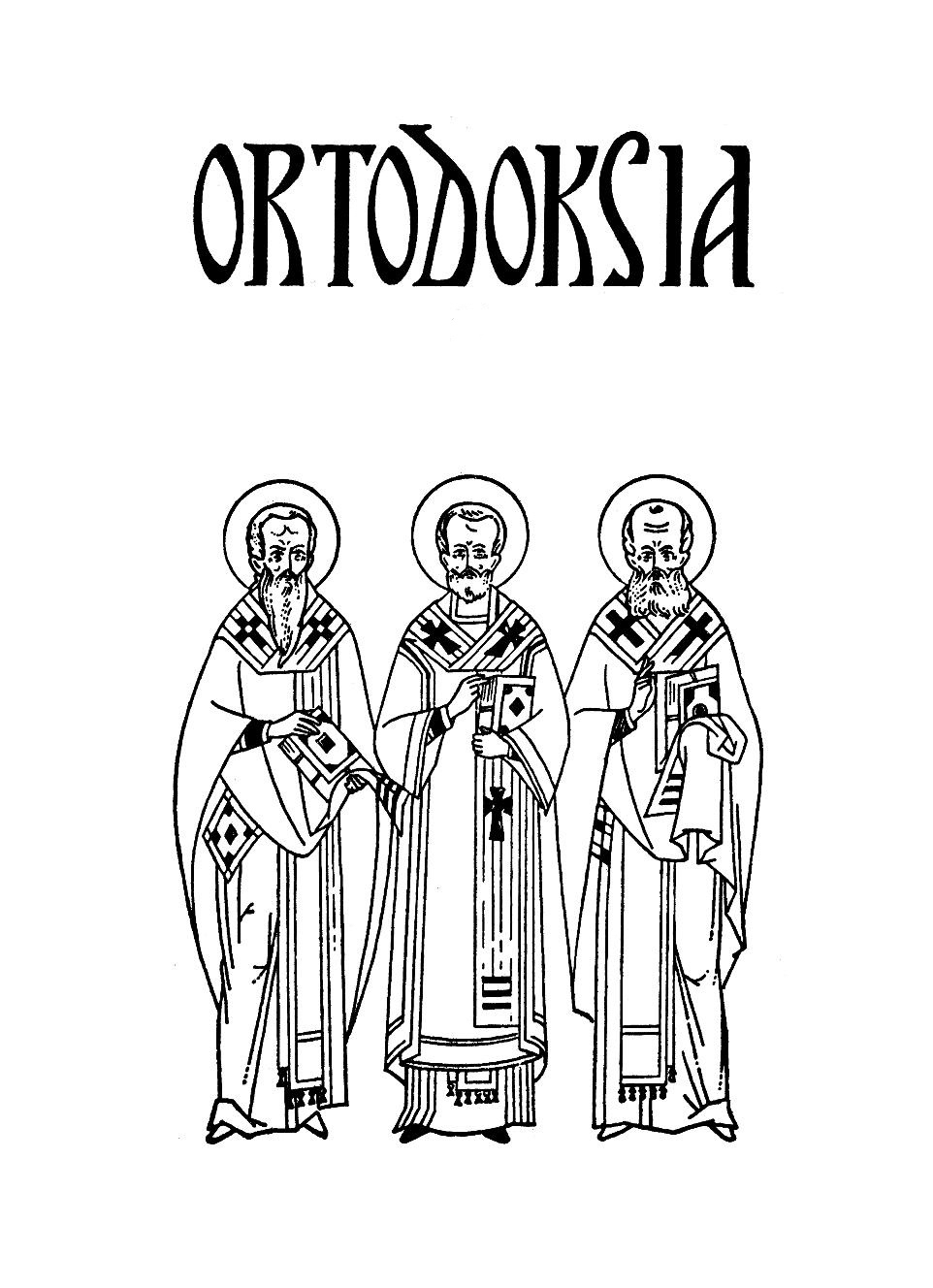Katolsk politisk doktrin och sociallära
Religionsfrihet och mänskliga rättigheter
Abstrakti
The 18th century witnessed profound changes in the political thinking of Western societies regarding the individual, society and the state. The principle of freedom of religion was confirmed in the American Declaration of Independence in 1776 and in the French Declaration of the Rights of Man and of the Citizen in 1789. A guiding principle was that the civic rights of individuals were not to be dependent on religious views or affiliations and that society was to withdraw from its former role of promoting institutional religion for the supposed good of its citizens.
These views were opposed by the Catholic Church, which instead held firmly to a pre-modern conception of church and state according to which church and state were equal partners, with their mutual relationship fixed in formal agreements (concordats), and who would co-operate for the benefit, earthly and heavenly, of their common subjects.
The Catholic Church condemned the various tenets of modern liberal ideology, and regarded the freedom of religion as amounting to a relativistic concept of truth. Only the Catholic Church had the objective right to exist as church – on the basis of being in possession of eternal truth – whereas other churches should be tolerated at best. The goal was to subordinate the state and society to the spiritual dominion of Christ and his (Catholic) Church.
After World War II this traditional approach started to be questioned also by Catholic thinkers. In the United States, Catholics faced a difficult equation when trying to appear as credible citizens in a society expressly denying the concept of a state church. Attempts to adjust the traditional Catholic concept to the liberal doctrine of freedom were, however, condemned by church authorities.
As the modernisation of Western societies deepened, the official Catholic approach started to be felt more as a burden hampering the church’s ability to fulfil its mission. Voices were raised against church censorship and the sharp demarcation against the non-Catholic world. In many quarters a growing desire to take part in ecumenical and inter-religious encounters was expressed, as well as a wish to reform liturgical life with the objective of a fuller integration of lay people in church worship.
The Second Vatican Council (1962–1965) was convened in order to face this growing discrepancy between modernity and the traditional concept of the Church’s role vis-à-vis the state and society. The council came to signify a turning point in this regard. After lengthy discussions the council approved the declaration Dignitatis humanae, which confirmed the principle of freedom of religion, and the constitution Gaudium et spes, which outlined the Church’s pastoral work.
The council’s decisions meant a new approach on the part of the Catholic Church to its role in society and in relation to other Christian churches as well as other religions. The previous essential demarcation against modern society was abandoned in favour of co-operation and dialogue with the various actors in society. The principle of freedom of religion was henceforth considered as a God-given human right fundamental to every society. The concept of the Catholic Church as the only objectively true church was not completely abandoned but now came to be expressed as the Catholic Church being the Church of Christ in its fullest form, while other Christian churches and denominations were so in an incomplete sense. This made participation in ecumenical work possible.


